American municipalities face aging infrastructure problems in almost every aspect of their services to citizens, including roadways, electrical distribution, water and sewer distribution, and collection and treatment processes. Variable frequency pumping equipment in treatment plants and pumping stations can be especially vulnerable to early failure as a result of the repair-or-replace dilemma. Repairs may be impractical because of obsolescence on the part of the component manufacturers or equipment manufacturers. A recent survey of more than 200 water and wastewater professionals reveals that this is a concern in their industries. More than 75 percent of respondents reported that aging infrastructure issues have affected their plant's performance, breakdown frequency or capital equipment budgets (see Figure 1).
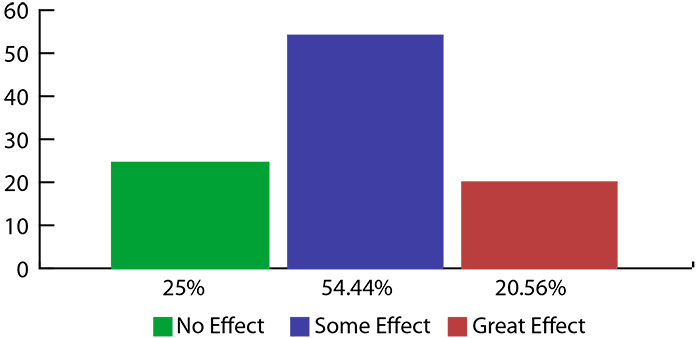 Figure 1. Responses to the question: Have aging infrastructure issues affected your plant's performance, breakdown frequency or capital equipment budgets? (Images and graphics courtesy of Dynamatic)
Figure 1. Responses to the question: Have aging infrastructure issues affected your plant's performance, breakdown frequency or capital equipment budgets? (Images and graphics courtesy of Dynamatic)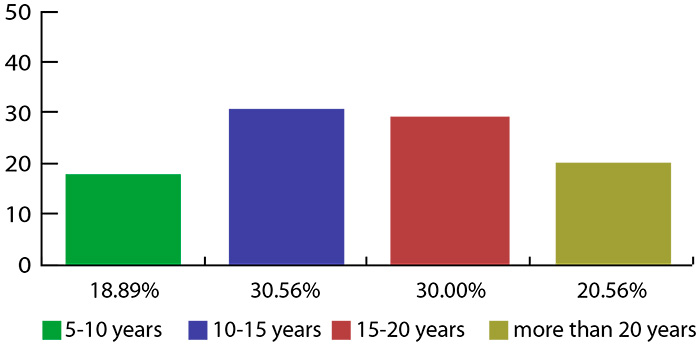 Figure 2. Responses to the question: If buying a pump today, how long do you expect it to remain in service?
Figure 2. Responses to the question: If buying a pump today, how long do you expect it to remain in service?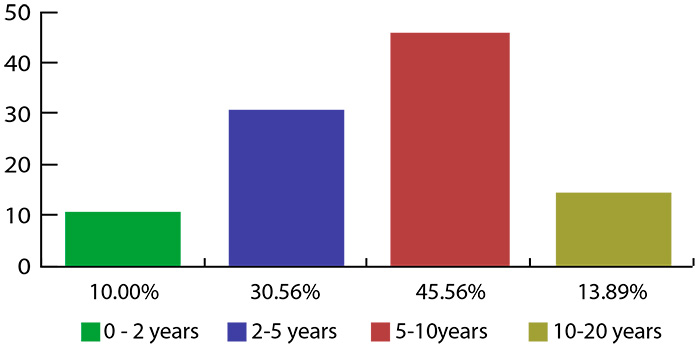 Figure 3. Responses to the question: Based on your experience with VFDs, what has been your typical mean time between failures?
Figure 3. Responses to the question: Based on your experience with VFDs, what has been your typical mean time between failures? 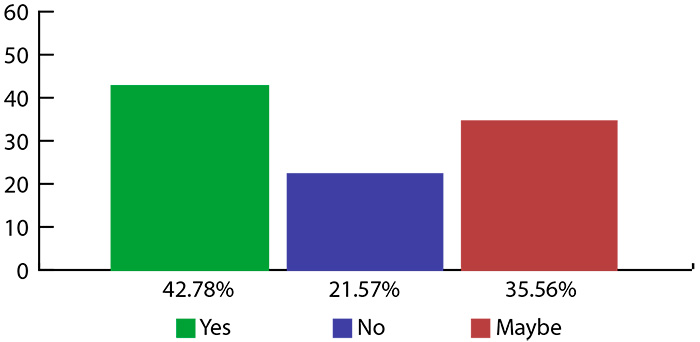 Figure 4. Responses to the question: Do you know there are alternatives to a VFD for variable speed pumping and fan applications, and would you be open to these alternative technologies?
Figure 4. Responses to the question: Do you know there are alternatives to a VFD for variable speed pumping and fan applications, and would you be open to these alternative technologies?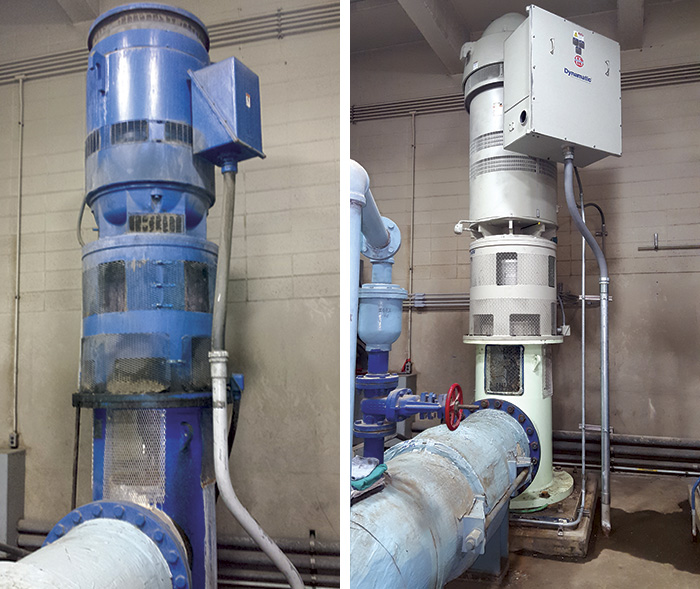 Images 1 (left) and 2 (right). A water utility in southern Indiana recently replaced an aging 500-horsepower eddy current drive on a high service pump (Image 1) with a new unit of the same model (Image 2). It was still operational after more than 30 years of service.
Images 1 (left) and 2 (right). A water utility in southern Indiana recently replaced an aging 500-horsepower eddy current drive on a high service pump (Image 1) with a new unit of the same model (Image 2). It was still operational after more than 30 years of service.
